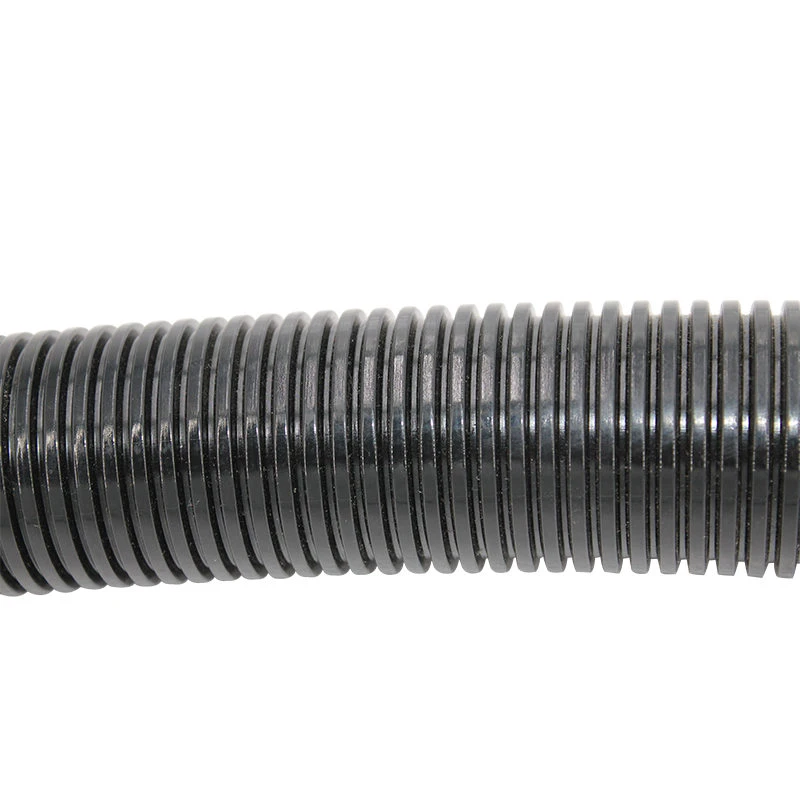Durable Stainless Steel Drag Chains for Efficient Cable Management Solutions
The Importance of Stainless Steel Drag Chains in Modern Industry
In the rapidly evolving landscape of modern industry, efficiency and durability are paramount. One essential component that has gained significant attention in various sectors, including manufacturing, automation, and robotics, is the stainless steel drag chain. This article delves into the characteristics, benefits, and applications of stainless steel drag chains, demonstrating their crucial role in enhancing operational efficiency.
What is a Stainless Steel Drag Chain?
A drag chain, also known as cable carrier or energy chain, is a flexible conduit designed to hold and manage cables, hoses, and other moving elements within machinery. Stainless steel drag chains are specifically constructed from high-grade stainless steel, making them ideal for applications that require resistance to corrosion, wear, and high temperatures. They come in various configurations and sizes, allowing for customization based on specific operational needs.
Characteristics of Stainless Steel Drag Chains
1. Corrosion Resistance The primary advantage of stainless steel is its inherent resistance to rust and corrosion. This property makes stainless steel drag chains suitable for environments exposed to moisture, chemicals, or extreme temperatures, such as food processing plants, marine applications, and outdoor installations.
2. Durability Stainless steel is known for its strength and toughness. Drag chains made from this material can withstand significant stress and strain, making them reliable choices in heavy-duty applications. Their long-lasting nature reduces the need for frequent replacements, ultimately lowering maintenance costs.
3. Temperature Tolerance Stainless steel drag chains can operate effectively in high-temperature environments, which is often a requirement in industries such as metalworking and plastics processing. Their ability to maintain integrity under thermal stress ensures consistent performance in challenging conditions.
4. Hygienic Properties In sectors such as pharmaceuticals and food processing, maintaining hygiene is critical. Stainless steel is non-porous and easy to clean, making drag chains made from this material an excellent choice for maintaining sanitary conditions in production lines.
Benefits of Implementing Stainless Steel Drag Chains
1. Improved Cable Management Stainless steel drag chains provide structured pathways for cables and hoses, preventing tangling and friction. This organization improves workflow and reduces downtime caused by cable damage or misalignment.
stainless steel drag chain

2. Enhanced Safety By enclosing and guiding cables, stainless steel drag chains contribute to a safer workplace. They reduce the risk of tripping hazards and accidental disconnections, ensuring smoother operations and enhanced worker safety.
3. Versatile Applications The adaptability of stainless steel drag chains enables them to be used across various industries. They are employed in CNC machines, conveyor systems, robotic arms, and other automated equipment, showcasing their versatile nature.
4. Cost-Effectiveness While the initial investment in stainless steel drag chains may be higher than plastic or other materials, their durability and low maintenance requirements lead to significant cost savings over time. Businesses can benefit from reduced downtime, lower replacement costs, and increased productivity.
Applications in Diverse Industries
1. Manufacturing In manufacturing, stainless steel drag chains are crucial for managing electric and pneumatic cables in CNC machines, welding equipment, and assembly lines. Their durability in harsh environments contributes to seamless operations.
2. Food and Beverage Stainless steel drag chains help maintain hygiene in food processing plants, handling cables and hoses in a sanitary manner. Their ability to withstand cleaning processes and harsh chemicals makes them indispensable in this sector.
3. Robotics In robotic applications, these drag chains manage power and signal cables, allowing for smooth and unrestricted movement. Their robustness ensures reliability in dynamic settings that require precision and flexibility.
4. Marine and Offshore The marine industry utilizes stainless steel drag chains for various applications, including winches and cranes, where exposure to saltwater can corrode other materials. The corrosion resistance of stainless steel is a significant advantage in such scenarios.
Conclusion
In conclusion, stainless steel drag chains are vital components in modern industrial applications, providing durability, safety, and efficiency. Their unique characteristics make them suitable for a range of environments, from hectic manufacturing floors to specialized food processing facilities. As industries continue to adopt advanced technologies and automation, the role of stainless steel drag chains will only grow in importance, helping businesses optimize their operations and achieve new levels of productivity.








